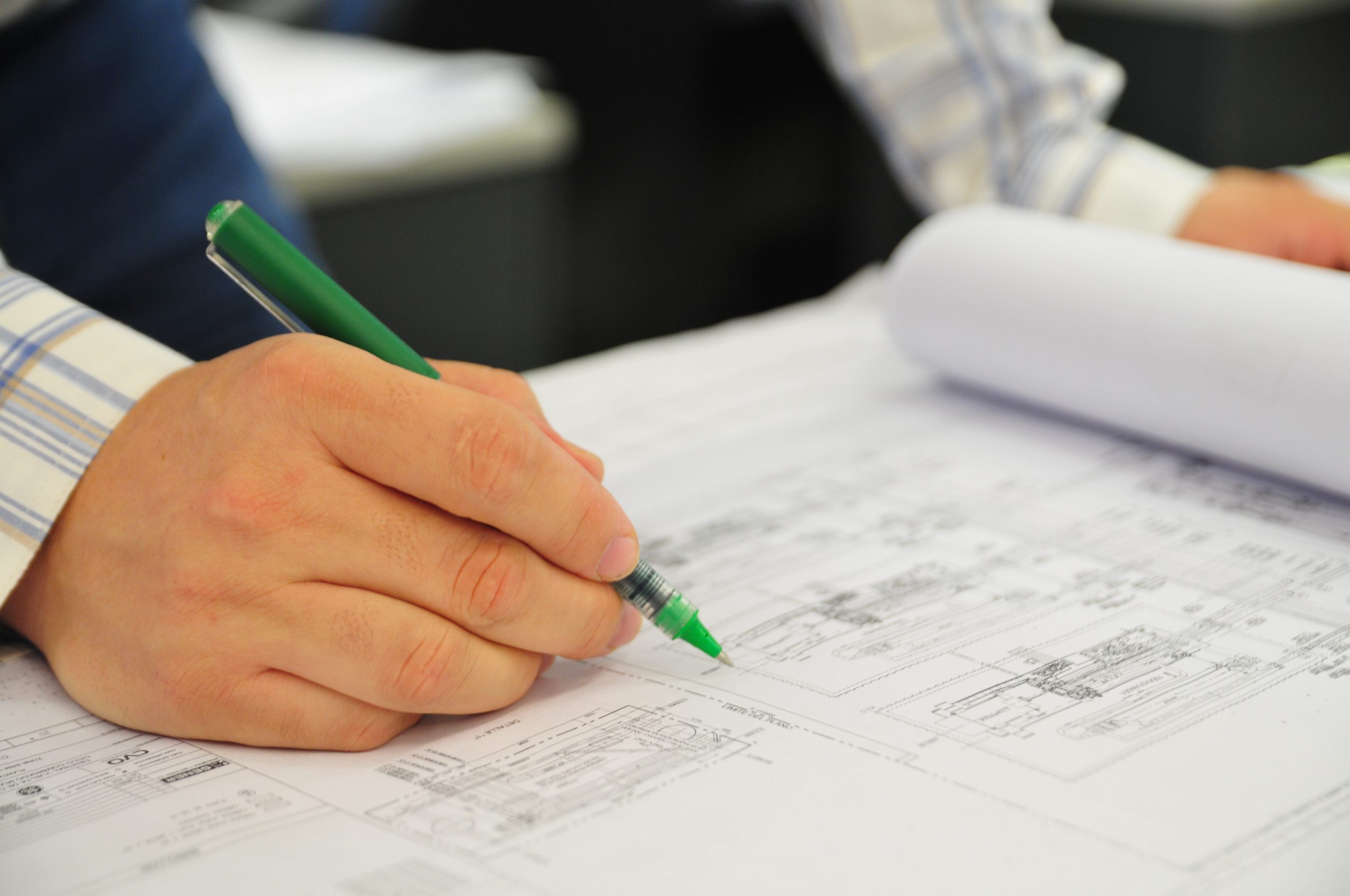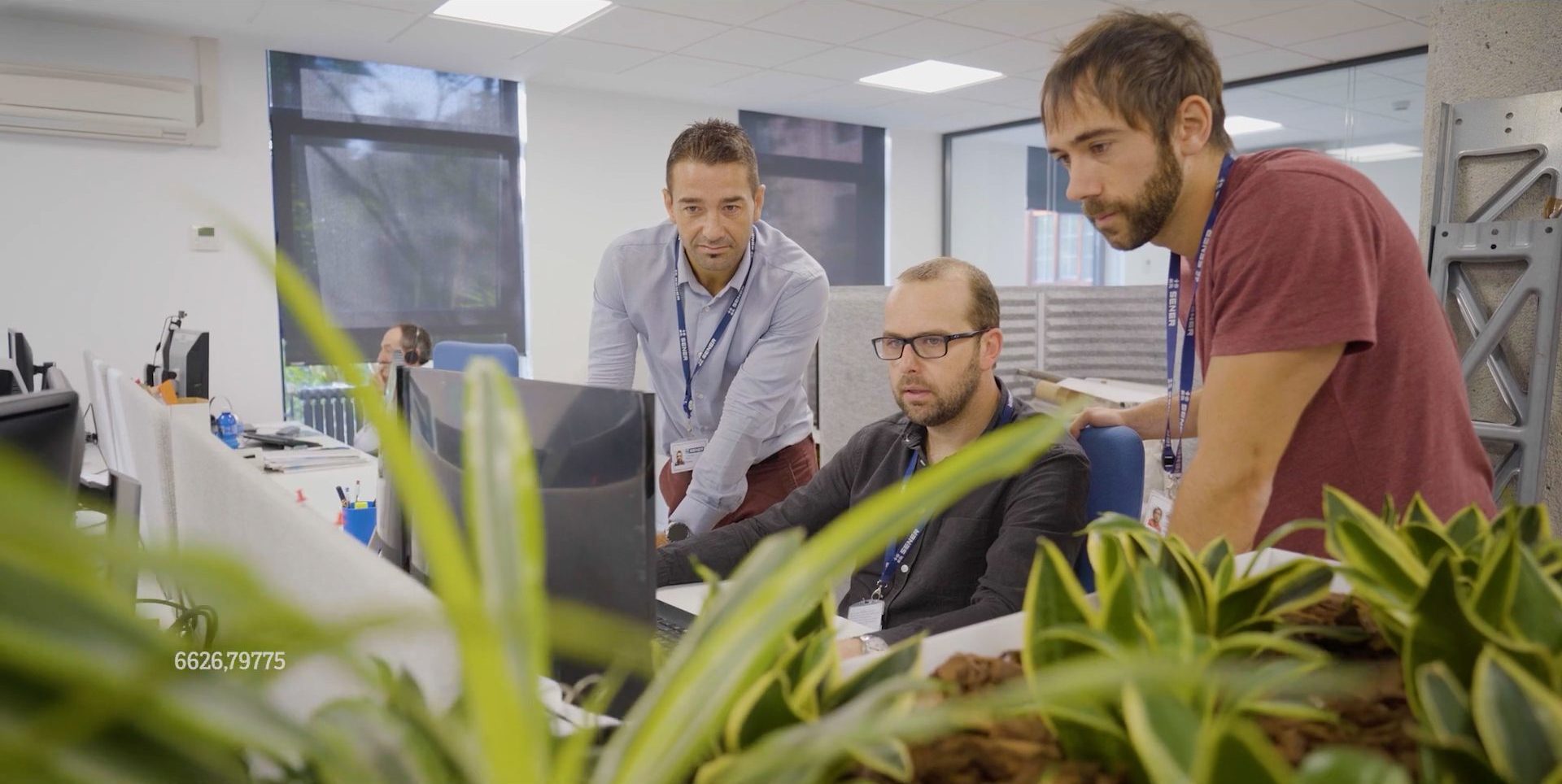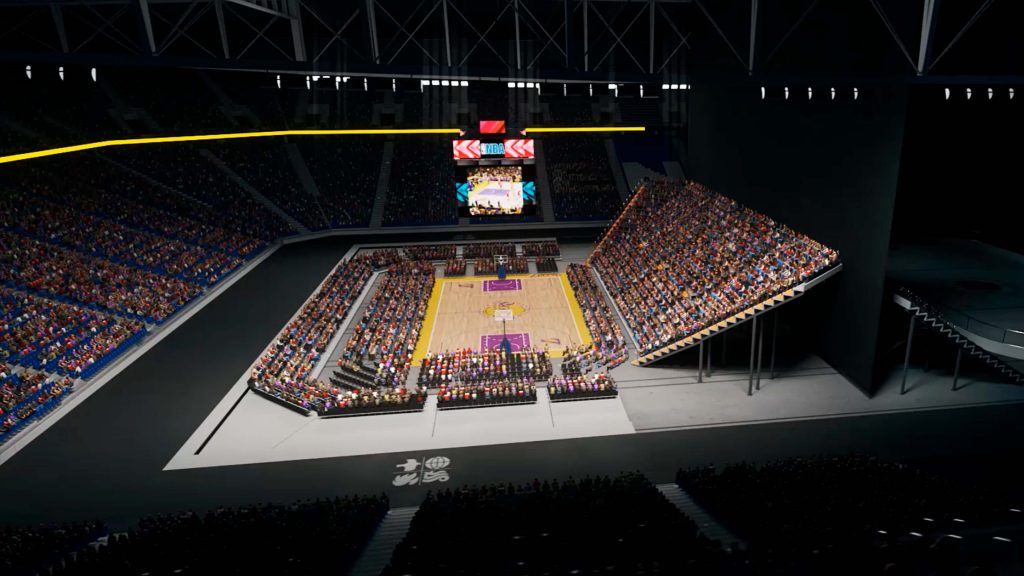







Places to live in and enjoy
We develop quality architecture, adapted to its environment and applying technology to make our spaces more comfortable and humane. We have multidisciplinary teams of architects, specialized in different areas such as urban planning, landscape, sports, health, unique buildings and transport. We have already developed more than 400 projects around the world, alone or in collaboration with renowned architects. Being part of SENER, a large engineering group that brings together multiple technical specialties, makes it easier for us to carry out comprehensive building projects from a fully coordinated perspective.
For years, our most important activity in architecture has been the design of transport terminals linked to different types of mobility: tram, subway, monorail, light rail and high-speed rail, as well as bus stations, airports, heliports and vertiports.
We also carry out relevant projects for transport hubs, where different transport systems come together, and to which we respond by taking into account the characteristics of the city. We seek to achieve a positive passenger experience, handling concepts such as the last mile, personal mobility, inclusive design, accessibility, connectivity, uniqueness, sustainability, resilience and urban integration.
At Sener, we can cover all the areas involved in the development of any type of transport terminal, placing us in a privileged position to undertake any project of this nature.
There are already roughly 2,000 transport stations distributed across five continents with Sener’s own designs or those by collaborators and architects of recognized prestige. Some of the most remarkable stations that bear our signature are:
We regularly collaborate with other companies and architecture studios of recognized prestige to offer unique projects. This is where we do our best job of fusing the variety of specialties that we handle with our production capacity and multi-geographic implementation, in addition to coordinating with collaborating companies in the different countries in which the project will be developed.
Names like Foster&Partners, Jakob + Mc Farlane, Enrique Norten, Tatiana Bilbao or Federico Soriano have trusted us for their creations. Cultural facilities require pioneering solutions in unique structures along with the adaptation of facilities to spaces with demands that require a higher degree of expertise and innovation. This is where Sener is always able to go above and beyond all expectations.
We have acquired extensive knowledge in studies of visual mapping for scenes, in studies of acoustics, wind, evacuation, smoke simulations, energy efficiency and stage equipment studies that have already been successfully applied in our designs. To this we add our experience in capacity control, air quality, access control, personal safety and information systems, in which the latest technology and our own developments are applied.
We also stand out for our way of managing the construction of this type of facility, in both the development and commissioning phases, since they require even more dedication to improve quality control, investment costs and deadlines.
By way of example, we have participated in:
Through the strategic alliance with AIDHOS, a company specializing in the architectural design of hospitals, we promote an integrated view of the design and construction of hospitals.
A hospital is possibly the most complex building to design. It must provide a functional response to users with very different needs and to circuits with independent routes and different access points. At the same time, it must be a flexible structure capable of undergoing a constant remodeling of its services throughout its useful life in order to adapt to new needs or equipment while the hospital continues to operate with the least number of disruptions possible.
We base our alliance with AIDHOS on three cornerstones:
Fimd out our projects in the hospital fields at www.hospitales.aidhos.sener
Projects
We also participate in the design of important sports facilities. Among our achievements in recent years are the Krakow stadium for the 2012 European Championship (with Estudio Lamela), Arena Corinthians where the opening match of the 2014 World Cup in Brazil was held, or the Arena Fonte Nova stadium in which Setepla Technometal and Tetraarq projetos collaborated.
In addition, we have innovated in the development of indoor and multi-event sports infrastructures such as the Bizkaia Arena, in collaboration with IDOM, or the sports pavilion Arena de Luanda . Our technological capacity has allowed us to review the planning of the project to expand the roof structure of the San Mamés Stadium or the telecommunications installation of the new Real Madrid stadium.
In this area, our capabilities have been expanded through the retractable pitch system, currently under construction at the Real Madrid stadium, a Sener patent based on an internal development, consisting of the installation of an automated retractable pitch system with which it is possible to make the most of the Santiago Bernabéu venue.
The design of mechanical elements, together with research and development in the agronomic aspects of a sports venue, have currently placed us in a privileged position to be able to undertake any type of remodeling project in newly built or existing sports building.
We also apply:
Projects

Sener’s own offices in various locations have served as a laboratory for ideas for the development of this type of building. We have developed new buildings, extensions, remodelings and even renovations of listed buildings, where state-of-the-art offices with new technologies have been installed.
Offices are a specific type of building that houses a production machine and their design must provide a solution to all the questions that said machine raises. Our most notable example would be our offices in Cerdanyola in Barcelona, certified by VERDE, the Spanish environmental certification seal with the WGBC methodology.
To achieve a sound approach to the design of offices and their optimal operation, all of the following is essential: functional studies, the generation of containers with a mesh that allows them to be easily adapted to different uses, the concentration of service areas, cafeterias, meeting rooms and reception areas, access control, the open offices themselves, communal spaces and the exchange of experiences. These aspects must be linked to the mobility solutions that must be implemented, always taking into account the criteria of sustainability, accessibility and inclusive design, searching for optimized solutions at a reasonable cost.
As in other areas, the BIM methodology adds value to the development of the design and oversight of office projects, leading to a reduction in deadlines and costs. If we add this to our developments in air quality, office digitization, space management and our experience in Facility Management, we are in an ideal position to carry out these projects.
Our experience in city and landscape engineering has been based on urban regeneration projects in which the use of obsolete infrastructures is modified, normally railway facilities or the decommissioning of ports, which offers new opportunities for urban development.
These experiences have helped us to carry out comprehensive solutions such as in Burtzeña with the implementation of an Enterprise Park, Bay of Algiers where a solution was needed for the urban barrier that the current road created with the coastline, or the Sagrera Park with RCR, Alday-Jover Arquitectos and West 8, to cover the high-speed tracks of the Sagrera Station in Barcelona.
Our wide geographical presence has allowed us to carry out projects in India such as the Bijwasan master plans in Delhi and Shivaji Nagar in Pune, those of Puebla or Veracruz in Mexico or the Universal Standards in the Eastern Region Cities to Become Friendly for People Disabilities in Saudi Arabia.
From the point of view of energy management in the city, our teams have developed the Photovoltaic Pergola of the Fórum, in Barcelona, with Elías Torres and Martínez Lapeña, projected to produce 550,000 kWh/year. Furthermore, at this time we are currently involved in the development of electrolyzers and the study of cities with energy management by neighborhoods.
The Urban Sustainability Plan developed in Murcia, the specific studies in cities for waste management and its recovery, together with mobility plans, have introduced us to the creation of smart cities. This is where we offer a comprehensive vision of all the services needed to manage these cities and where the use of technology is important, along with having spaces that can coexist with it.
Our rich history, combined with our professionals’ expertise, has endowed us with comprehensive technical knowledge and industry insight. We provide our clients with high value-added consulting services aimed at achieving their goals through collaborative work and the proposed practical solutions. Our coverage of the transport, mobility, and logistics value chain is comprehensive,
In more than three decades of experience, we have helped improve the mobility of millions of people in more than 50 cities on five continents, developing more than 70 efficient,
We have been providing technical rail engineering services for more than 30 years to improve intercity high-speed rail connections in Europe and America. Our projects include the lines between London and Birmingham or between San Francisco and Los Angeles.
Roads are a structural element of the utmost importance for economic and social development, and require significant investments. We are well aware of this,
An airport is one of the most complex infrastructures in the transportation field. They are projects of great technical and operational complexity that require a transversal knowledge of technologies.
Our history spans more than 500 different port projects, in more than 140 ports in 40 countries. We cover all areas of engineering and consulting (from planning to design and construction oversight),
We provide consulting services and develop hydraulic engineering projects for all phases of the comprehensive water cycle: from the catchment of water resources to its storage,
